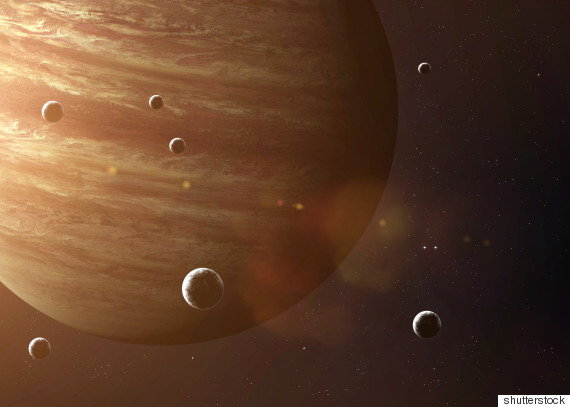Nasa releases images of entire universe – and we're over the moon
Image from Nasa is a mosaic of images covering the entire sky as observed by the Wide-field Infrared Survey Explorer
The Fermi paradox, named for the physicist Enrico Fermi, goes
something like this: given how big and old the universe apparently is,
there is bound to be alien life out there somewhere. But given that the
universe is so big and so old, if there's alien life out there, why
haven't we earthlings encountered it yet? The experiment certainly has
run its course for long enough now.
The paradox may play in the mind of anyone who catches an astounding image released this week by Nasa of … the entire universe. The full-size image (and what warrants full size as much as an image of the universe?) is here.
The image is actually a mosaic of the images covering the entire sky as observed by the Wide-field Infrared Survey Explorer (Wise). Wies is an unmanned satellite carrying an infrared-sensitive telescope. As with a flat map of the Earth's surface, the right and left edges of this oval shape are the same location in the sky. The bright belt is the Milky Way galaxy. Nasa explains:
The paradox may play in the mind of anyone who catches an astounding image released this week by Nasa of … the entire universe. The full-size image (and what warrants full size as much as an image of the universe?) is here.
The image is actually a mosaic of the images covering the entire sky as observed by the Wide-field Infrared Survey Explorer (Wise). Wies is an unmanned satellite carrying an infrared-sensitive telescope. As with a flat map of the Earth's surface, the right and left edges of this oval shape are the same location in the sky. The bright belt is the Milky Way galaxy. Nasa explains:
The Space Sciences Laboratory at Berkeley has helpfully labeled some of the heavenly bodies visible in the image. Our favorites include Andromeda Galaxy, The Pleiades, Sombrero Galaxy, Heart and Soul Nebula and, of course, the Fornax Cluster. Just look at that up there. Look at that.The Milky Way is shaped like a disc and the solar system is located in that disc about two-thirds of the way out from the centre. So we see the Milky Way as a band running through the sky. As we look toward the centre of the Galaxy we are looking through more of the disc than when we are looking at large angles away from the centre, and you can see a noticeable increase in stars (coloured blue-green) toward the centre of the image … Residuals of the planets Saturn, Mars, and Jupiter are visible in this image as bright red spots off the plane of the galaxy at the 1.00, 2.00 and 7.00 positions, respectively.


